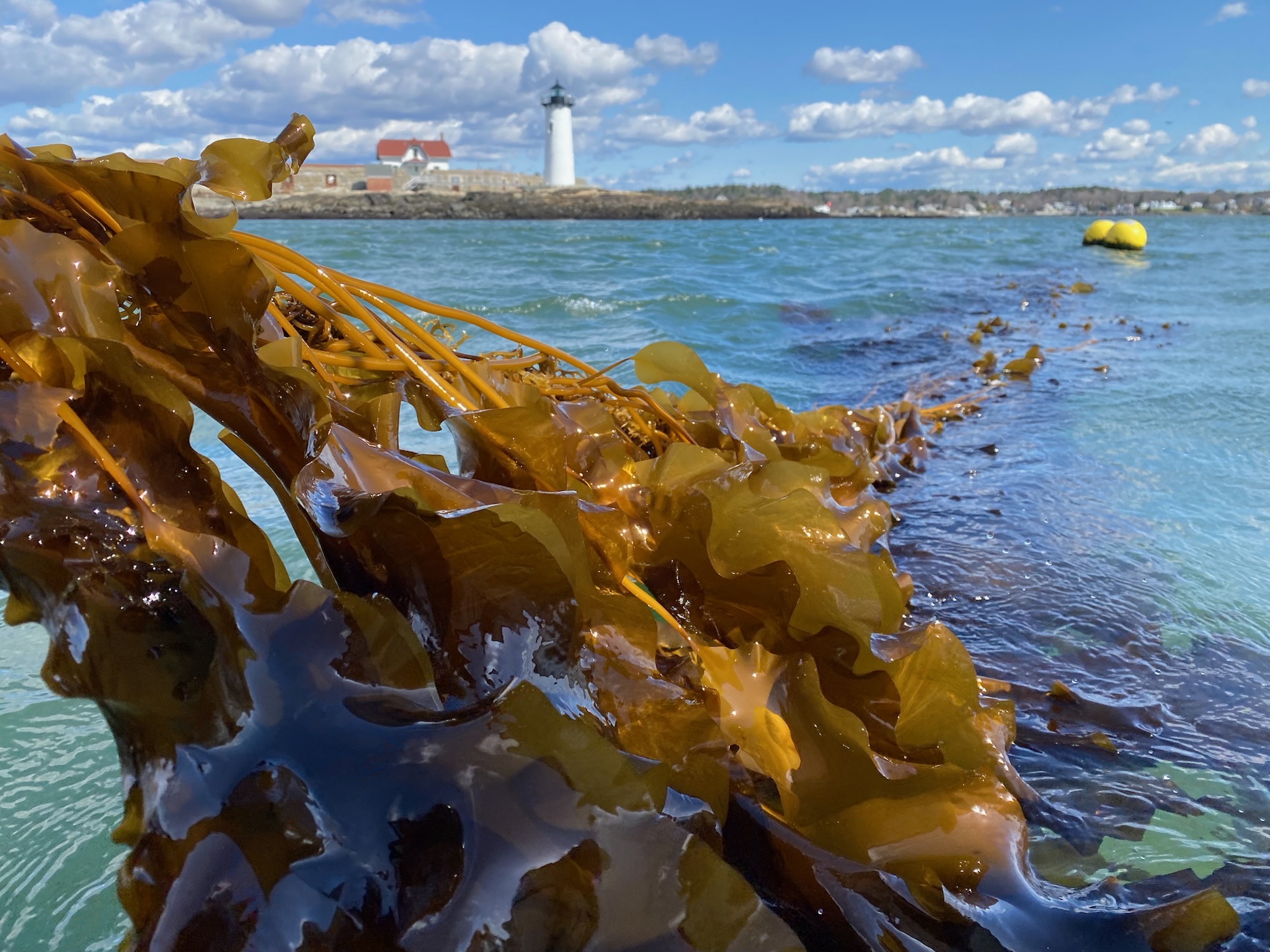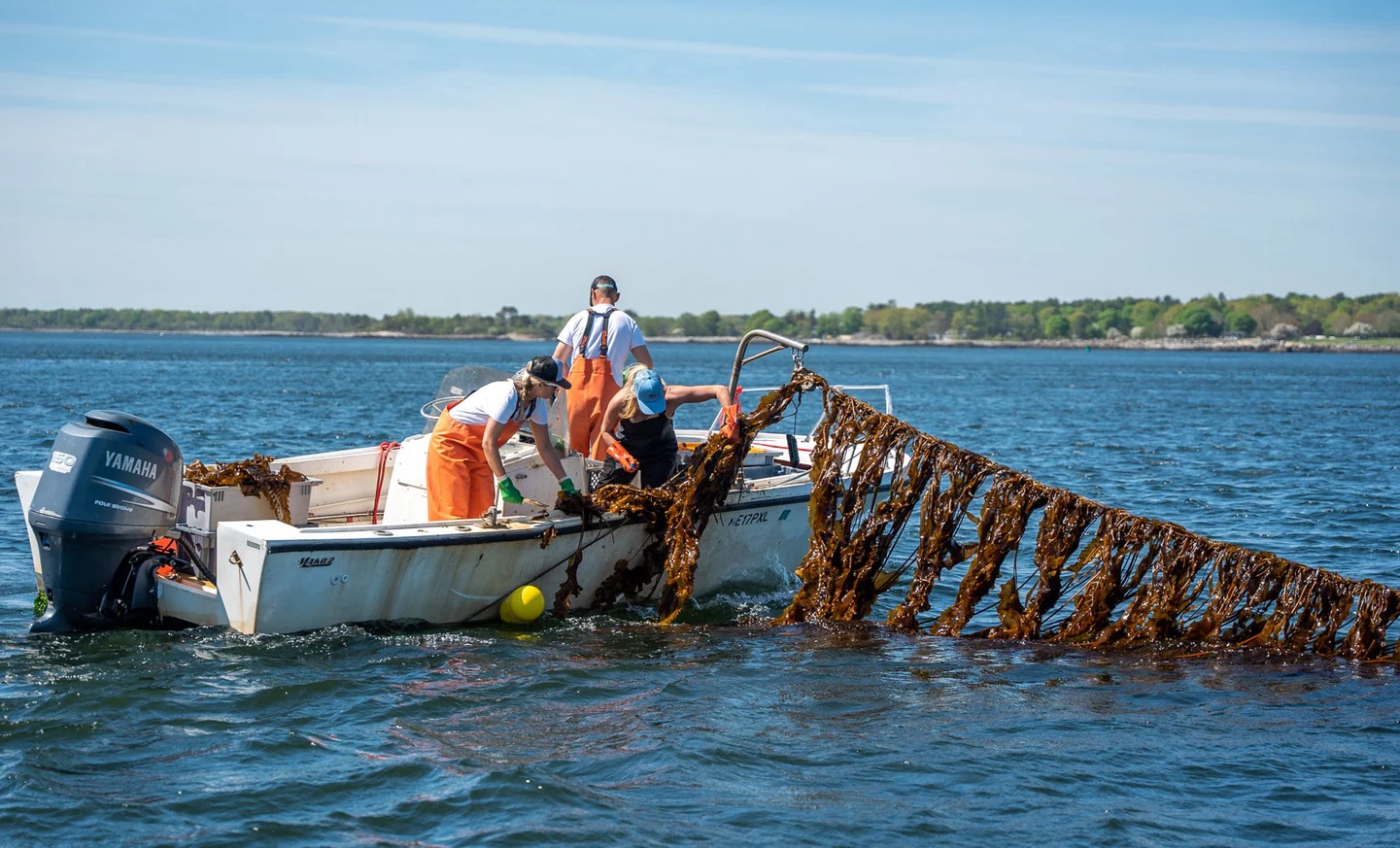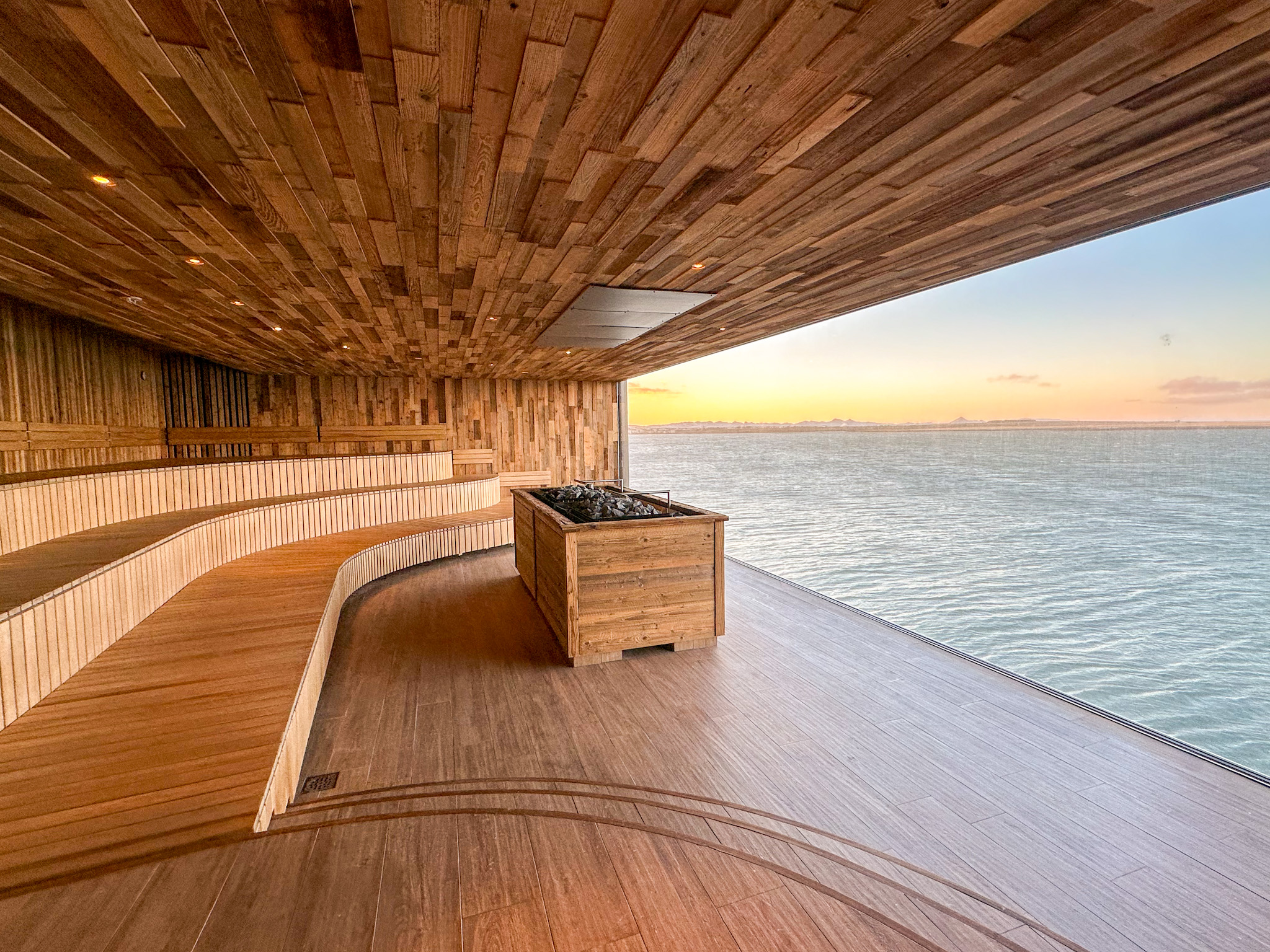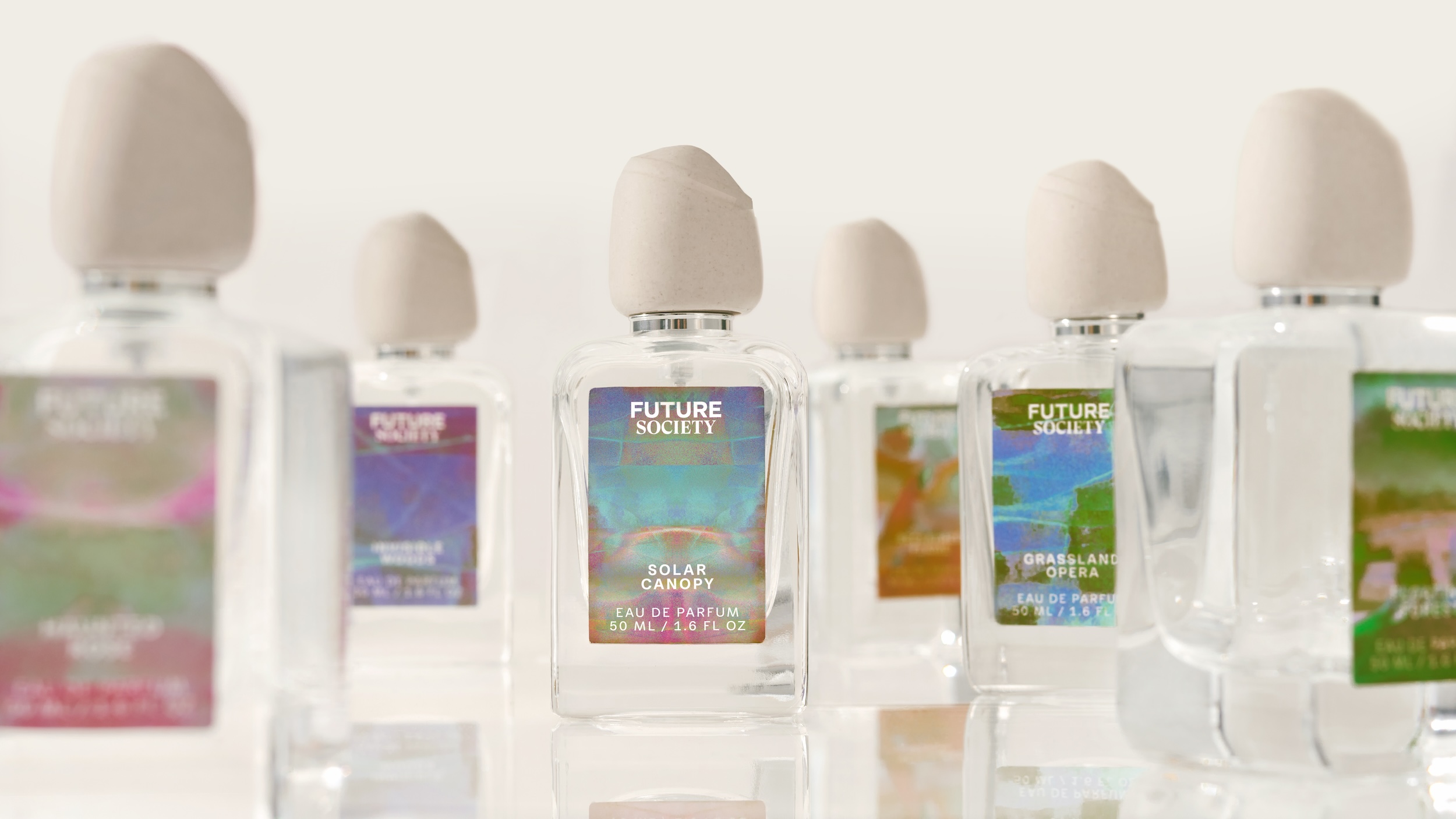NORTH STARS:
Wildlife Ecosystems
Gender Equality
Energy Efficiency
“Since ‘clean’ is not a regulated term, conscious consumers definitely need to do their own research on the products they choose.”
As summer heats up and the season of sunscreen kicks in—a habit that should be year-round, mind you— one starts looking more closely at the ingredients in their skin care products. While sunscreen proves tough for minimizing the amount of chemical compounds slathered on faces, products for morning routines including moisturizers, toners, and eye creams seem easier to vet; except when it comes to the tagline “clean beauty.”
“Clean,” like the word “sustainable,” is often used as shorthand for a concept that comes up short when broken down. However, an entire industry, notably a cadre of TikTok and Instagram influencers, has evolved to sell products based on a nebulous premise.
Lack of regulation in the beauty world means a lack of guidance for the consumer on what chemicals or substances should be avoided in a product’s ingredients. Just like clean wine, however, there’s an increasingly vocal group of skeptics pushing back against a cohort of believers. With wine, the line may be clearer: wine is delicious, but it’s alcohol, not a wellness product.
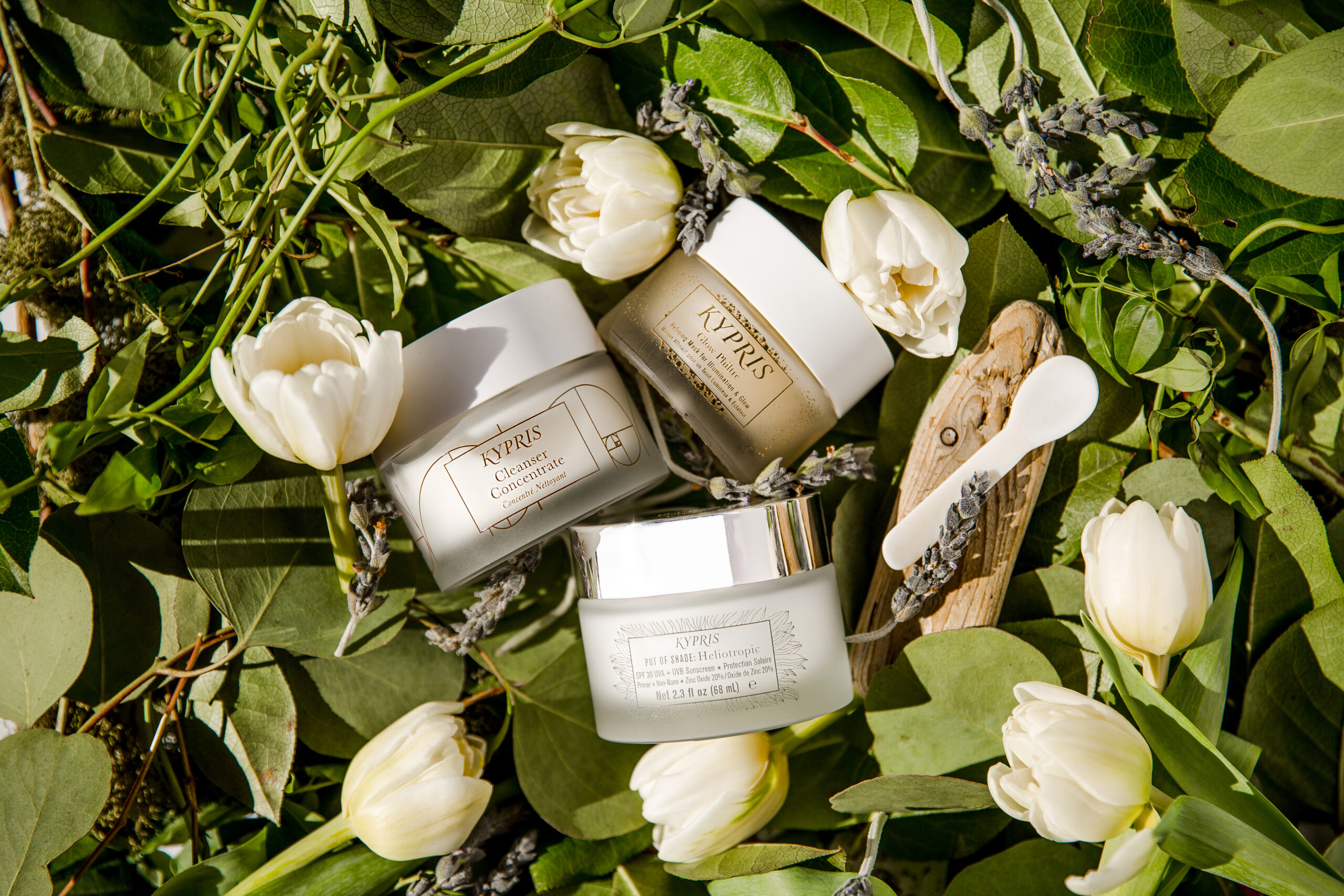
Cleansers and creams by Kypris. Courtesy of Kypris.
However, a quick search for the term “clean beauty” on Tik Tok and Instagram yields a host of fervent influencers racking up millions of views (and sales) using hashtags #cleanbeauty, #cleanproducts, and #nontoxic beauty.
One well-known American influencer uses confidence to imply expertise by ardently pointing out products cause a build-up of toxins in the immune system or have damaging effects on the nervous system. Few viewers question her credentials in the comments, implying blind acceptance to the house of clean.
While some of the products she highlights have earned a “clean” leaf by Sephora, many come in various forms of plastic or non-recyclable packaging. Clean for one’s skin doesn’t mean clean for the environment or the laborers behind the product. Clean, in fact, doesn’t imply eco-friendly or ethically-produced at all.
How Did We Arrive at Clean?
America’s earliest brands of scale, notably Aveda (1978) and Origins (1990), employed the word “natural” in their marketing vocabulary from their inception. Today, Estee Lauder owns both brands. The idea of clean, however, most likely originates from the concept of clean eating, a movement tied to the fresh, organic cuisine of Chef Alice Waters’ Berkeley restaurant Chez Panisse. Waters is often credited with bringing the slow food concept to California by prioritizing minimally processed ingredients grown and raised locally. While the restaurant was founded in 1971, the USDA didn’t launch an organic certification program until 2002.
Wellness, of course, has morphed into its own fad with the growing number of drinks like non-alcoholic adaptogenic products flooding the market to capture the slowing consumption of alcohol in America’s younger demographics. Naturally, there would be spillover into all facets of life, including the products that touch and penetrate the body’s largest organ.
Dr. Inga Potter co-founded Cold Current Kelp, a women-owned regenerative kelp farm and luxury skincare company based in Maine. As a marine biologist, she’s promoting the use of kelp as a more environmentally-sustainable ingredient in beauty, an oft-overlooked aspect of the “clean” movement.
“Clean beauty is a rather ambiguous term that is used freely and without regulation in the skincare industry. We can trace its roots back to the period of industrialization in the 20th century, when cosmetics shifted to more chemically derived formulas. As consumers became more informed in the 21st century and began to question the ingredients in their skincare products, they demanded more natural, toxin-free ingredients and the concept of clean beauty was born,” she says.
Eha Urbsalu, founder of Viking Beauty Secrets, launched her brand after moving to New York and experiencing breakouts on her facial skin. “I grew up in Northern Europe, where ‘clean’ and ‘green’ equals normal. It was disturbing to learn that, while the EU bans over 1,300 chemicals from skincare, the U.S. only bans 30. This was a key reason why I decided to bring my certified organic Nordic skincare brand to the U.S. market,” she says.
Hydroquinone is a controversial ingredient that’s considered cytotoxic and has been linked to some cancers. “Hydroquinone is banned not only in the E.U., but also Canada, most of Asia and even in some African countries. Why is it still allowed in the U.S.,” asks Urbsalu? Such valid concerns further fuel the “clean” movement.
The problem, much like the supplements market, is the lack of U.S. oversight over the use of phrases like “safe,” “natural,” and “nontoxic.”
The European Union has often favored the consumer over the company in many aspects of its citizens’ lives, from airline regulations to ingredients banned from food and beauty products.
Last fall, Congress introduced the Safer Beauty Bill Package, which, if passed, will codify legal definitions for terms like “natural” and “naturally derived” and ban ingredients like parabens and formaldehyde.
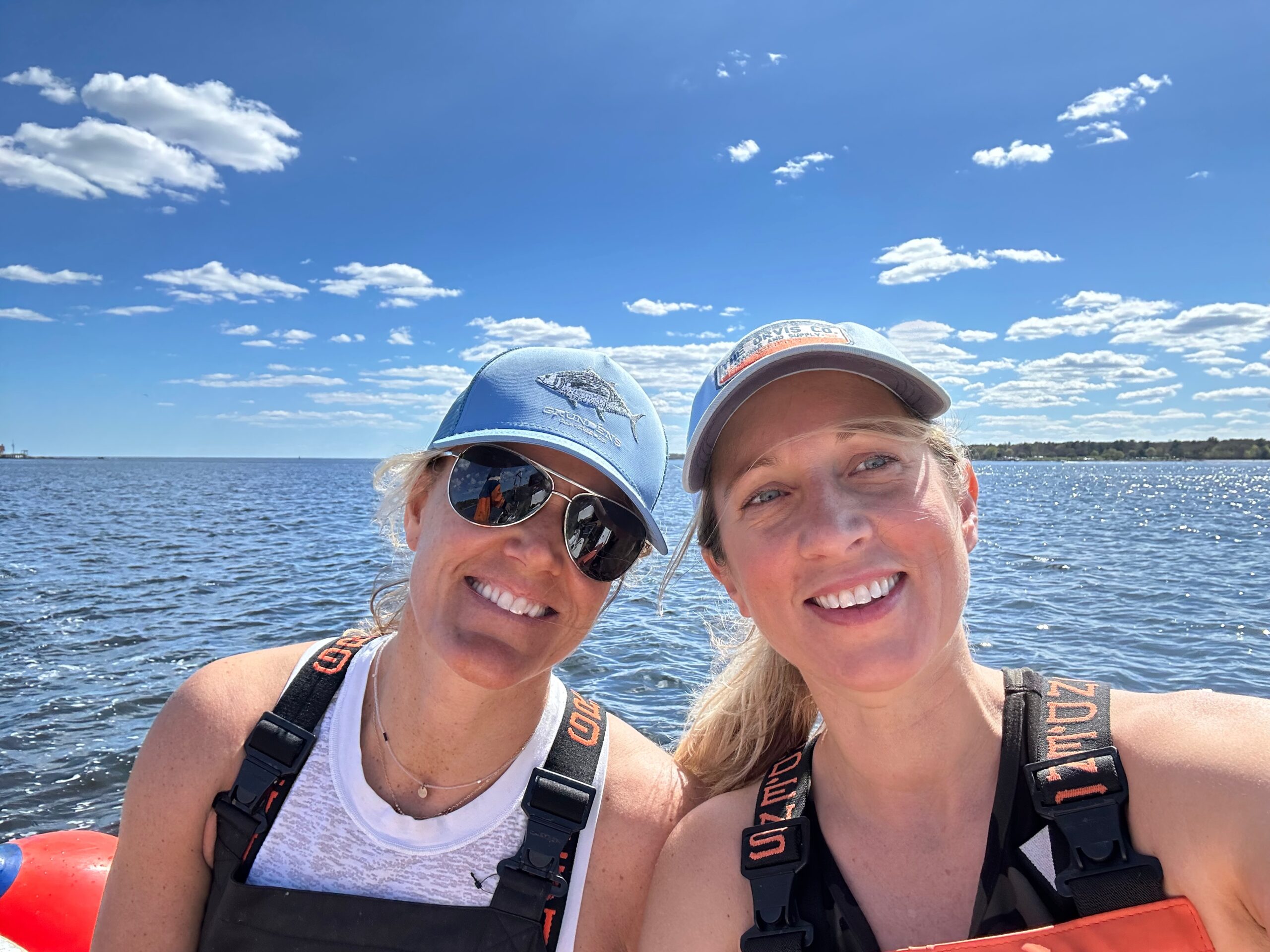
Founders of Cold Current Kelp. Courtesy of Cold Current Kelp.
Busting the Myths of Clean Beauty
Potter points out several myths about the clean movement that need debunking.
“The first is that ‘clean’ means good for the environment. ‘Clean’ is often associated with ‘green’ because both terms invoke the idea of being “natural.” While clean beauty and green beauty often overlap, only green beauty focuses on eco-friendly production, sourcing, and packaging,” she says.
The second myth that needs pointing out is that “clean” means “organic” which emphatically, it does not.
“Organic skincare products contain naturally derived ingredients produced organically, which will be specifically listed in the ingredients panel. Unlike ‘clean,’ organic can be certified by agencies like the USDA,” says Potter.
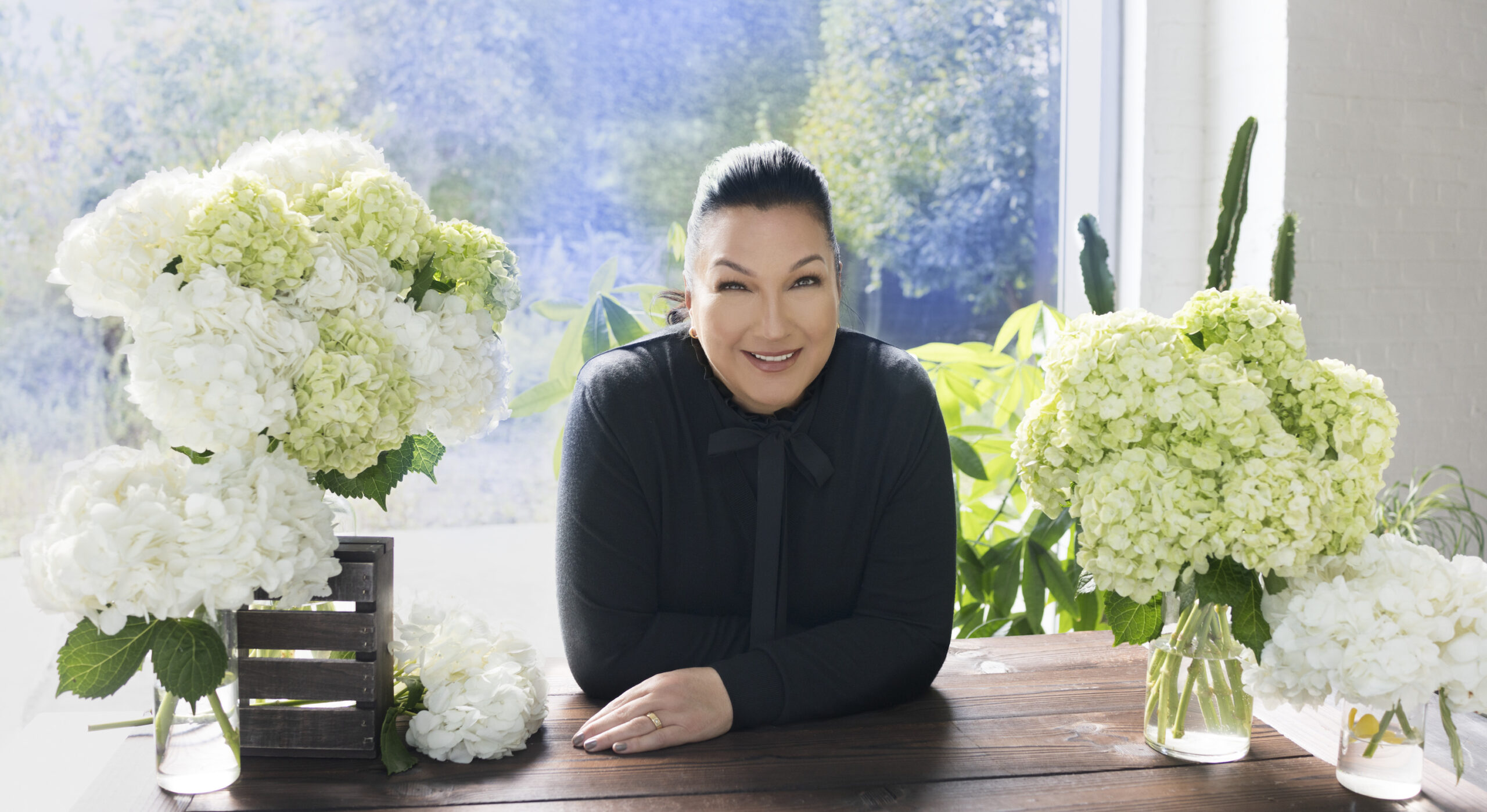
Martina Halloran Joseph, CEO USA, Courtesy of Dr. Hauschka.
Decoding the Products on Your Shelf
“Since ‘clean’ is not a regulated term, conscious consumers definitely need to do their own research on the products they choose,” says Potter.
Martina Halloran Joseph, CEO Dr. Hauschka US, agrees. “There are two simple ways to verify a product or brand is aligned with your social and environmental expectations: first, investigate the certification body that is authenticating the product or brand’s claims in sustainability, natural and environmental impact; second, look at the detailed ingredient list and research ingredients with names you’re not familiar with – if it’s a synthetic ingredient, chances are that it is manufactured and contributes greatly to the overall carbon footprint,” she says.
One tool consumers have at their fingertips is the site Skin Deep from the Environmental Working Group. This database provides hazard rankings for unfamiliar or questionable ingredients which you can plug in to the site’s search. To use Urbsalu’s example, hydroquinone earns a 9 out 10 hazard ranking.
Other suggestions include looking for products with regeneratively grown ingredients. This form of agriculture improves the ecosystem and environment, and typically produces higher-quality and more nutrient-dense crops.
For the Cold Current Kelp line of skin oils, Potter works with regeneratively grown kelp which is known for its antioxidants and bioactive compounds like polysaccharides fucoidan and laminarin (found only in marine sources), vitamins C & E, and phlorotannins, which possess anti-oxidative capabilities to help protect skin from damaging free radicals.
Potter also suggests asking and engaging with the brand and gauging sincerity. “Expect improvement instead of perfection. Understanding that every business has room for improvement, a socially and environmentally responsible company will keep a pulse on the science, supply chain improvements, and public sentiment and take actionable steps to do better,” she says.
Above all else, support local businesses, when you can. “Staying local has a big impact, from supporting their communities to sourcing local ingredients,” says Potter.
Check out these Azure Road Approved skincare brands.
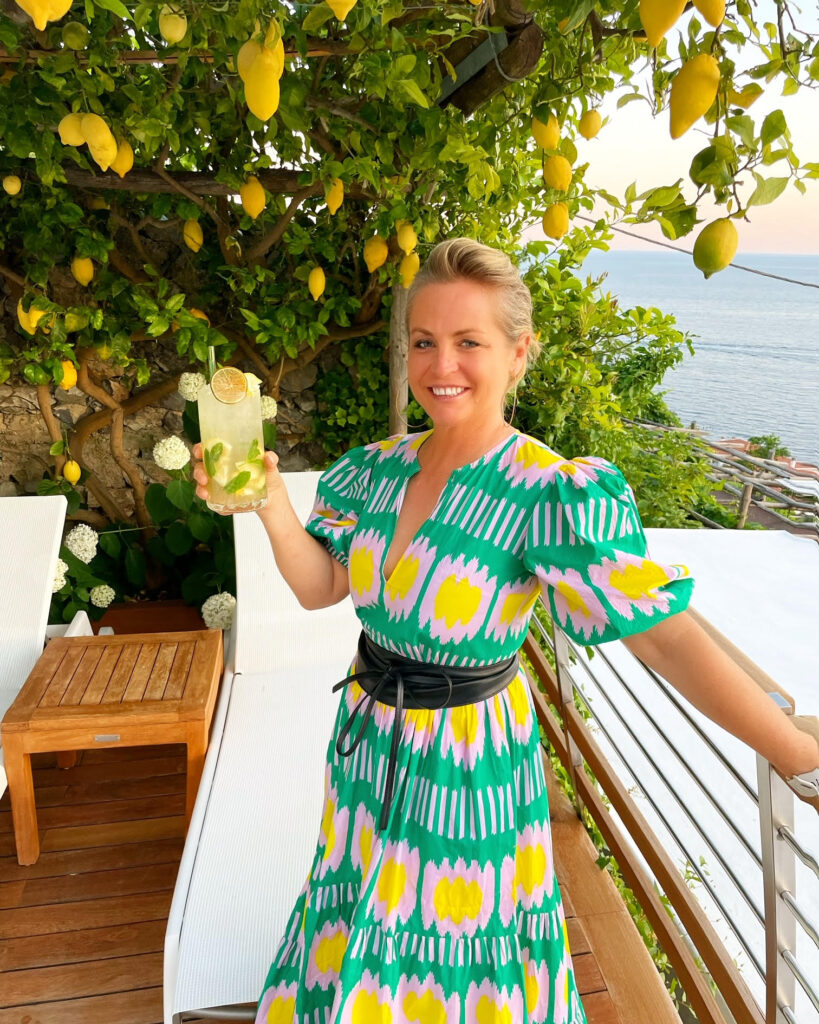
Founder and CEO of Azure Road, Lauren Mowery is a longtime wine, food, and travel writer. Mowery continues to serve on Decanter Magazine’s 12-strong US editorial team. Prior to joining Decanter, she spent five years as the travel editor at Wine Enthusiast. Mowery has earned accolades for her writing and photography, having contributed travel, drinks, food, and sustainability content to publications like Food & Wine, Forbes, Afar, The Independent, Saveur, Hemispheres, U.S. News & World Report, SCUBA Diving, Plate, Chef & Restaurant, Hotels Above Par, AAA, Fodors.com, Lonely Planet, USA Today, Men’s Journal, and Time Out, among others.
Pursuing her Master of Wine certification, she has also been a regular wine and spirits writer for Tasting Panel, Somm Journal, VinePair, Punch, and SevenFifty Daily. Mowery is a graduate of the University of Virginia and Fordham Law School, and she completed two wine harvests in South Africa.
Follow her on Instagram @AzureRoad and TikTok @AzureRoad


